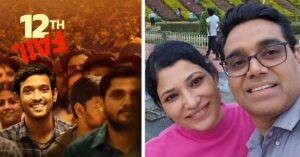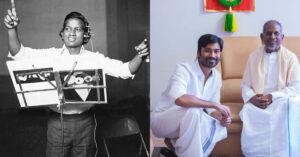Dangal To Baahubali: Mumbai Artist Uses Mundane Items To Create Magic in 3000 Movies
Karan Arjun Singh is a foley artist from Mumbai, who has worked behind the scenes of movies including Jab We Met, Sultan, Tiger Zinda Hai, Neerja, Krrish 3, Baahubali and more. He talks about this underappreciated art in Indian cinema, and how he came to realise his dream.
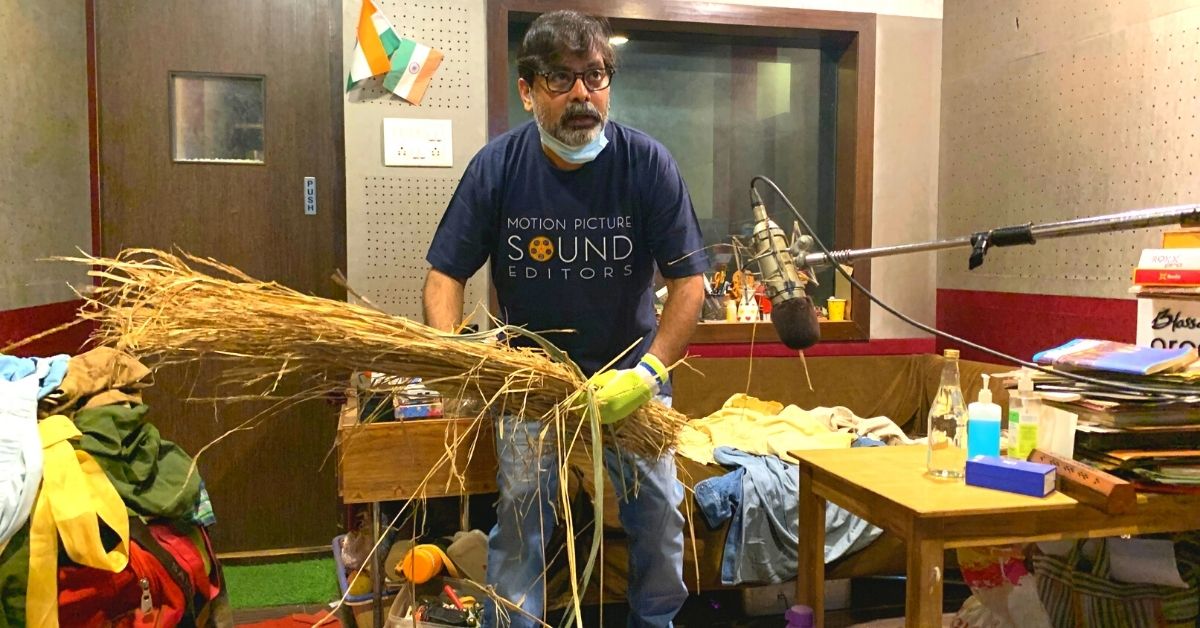
Amidst the backdrop of World War II, two individuals are putting their lives at stake to support the Indian National Army (INA) by transporting a gem-encrusted sword to its members, to be used as capital to fund the revolution. A hanging bridge stands in their way, as the British try to corner them and stop them from crossing over and leaving Indian borders. What ensues after is a climactic scene on the flimsy bridge, followed by shootings and explosions causing some of the characters to lose their lives.
This is a scene from a 2017 Bollywood film, Rangoon, where the lead characters, played by Saif Ali Khan, Kangana Ranaut and Shahid Kapoor, wrestle with all odds to transport a priceless sword to the other side of the bridge.
Now, imagine watching this scene with no sound. You would not hear the characters’ footsteps, the explosions, the sounds of a torrential stream running below, or even the subtle yet dangerous reminder of their ultimate doom with each crack on the bridge. It would then be quite bland, wouldn’t it?
Without background undertones like these, any scene, be it a climatic one or otherwise, would lose its flavour. That’s why Mumbai-resident Karan Arjun Singh has dedicated his life to adding magic to the screen. The 48-year-old foley artist has recreated the minute sound-effects in the aforementioned scene, in a small foley studio, using not much but a charpai with a mini hanging bridge artificially constructed using jute and twigs.
Talking to The Better India, he points out that we don’t just watch a film with our eyes, but witness a seamless and immersive aural experience without even realising it. Foley is a highly underappreciated art in cinema. Artists like him recreate sound effects and add them in post-production to enhance the film without overpowering it. He is one of the country’s most prominent foley artists, having added his magic to more than 3,000 films so far.
‘Finding my true calling’
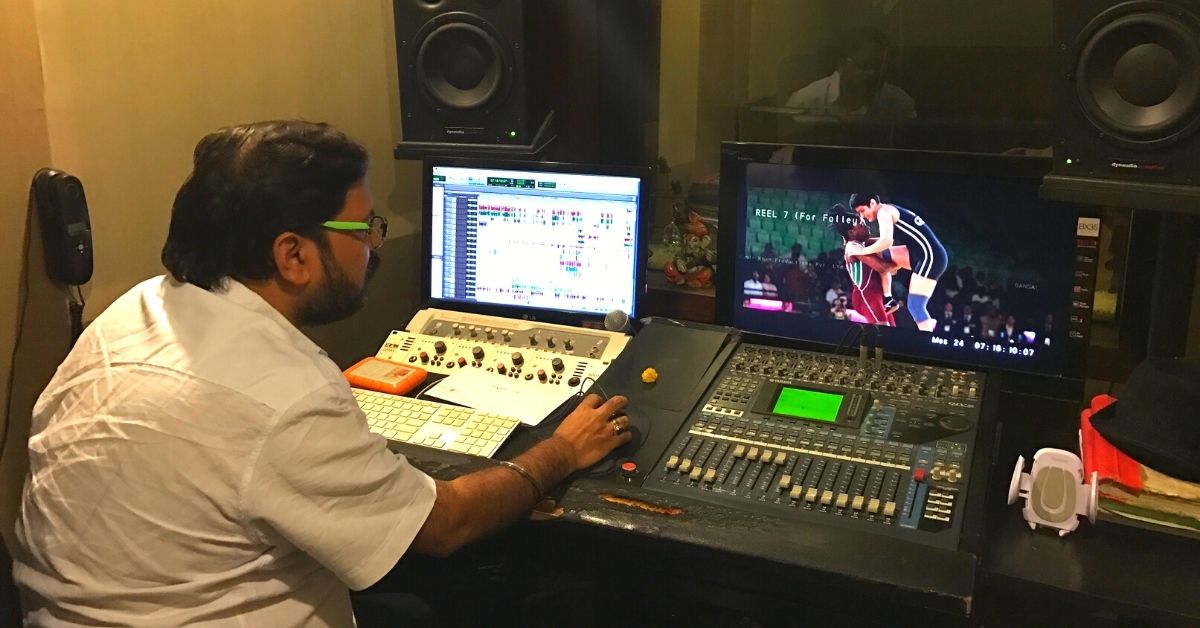
Born and brought up in the staff quarters of Mumbai’s BR Films studio, cinema has always been an integral part of Karan’s life.
Talking about his first encounter with his calling, he says, “My father was part of the security team at BR Films, but I was always interested in the process of filmmaking. Through the years, I had the opportunity to work in various capacities at the studio. From cleaning to recording, I’d done it all. But it was only when I was around 11 years old that I found my true calling. It was quite late at night and I sneaked out to watch the process of voice recording. I reached a small studio room, where someone was using all sorts of objects, from brooms to shoes, balls and leaves, to replicate the sounds shown on the video playing on a large screen. I was spellbound watching him work and at that moment I knew that this was something I wanted to do for the rest of my life.”
After this incident, Karan began to frequent the studio at night to learn more about foley from the artists there. A year later, in 1984, he did his first work on a film called Teri Maherbaniya, at the age of 12. Since then, he has worked on thousands of films with several prominent blockbusters to his name, including Tezaab, Jab We Met, Sultan, Dangal, Tiger Zinda Hai, Neerja, Secret Superstar, Tumhari Sulu, Krrish 3 and even Baahubali.
In 2003, Karan parted ways with BR Films and decided to establish himself as an independent foley artist. After freelancing for six years, he launched Just Foley in 2009 in Goregaon. His career has scaled since, helping him diversify into working on web series such as Paatal Lok, in addition to films.
An underappreciated art
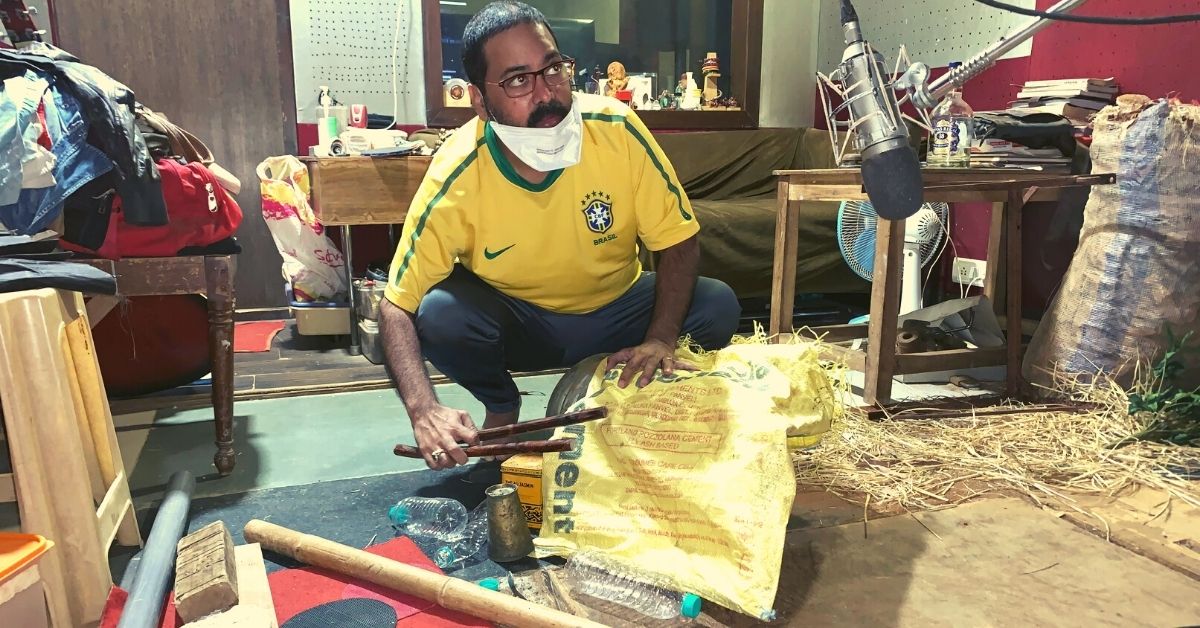
But life as a foley artist is quite difficult, he says. “Long hours are a given. We spend nights without sleeping and work till 4 am in the morning every day to finish films. A few decades ago, when sound was recorded on mono tracks, we would manage to finish an entire film in a night, but now with Dolby Atmos and 5.1 surround sound, things have changed and become more complicated. So it can take somewhere between 15 to 20 days and sometimes even a month to finish one film.”
He adds that action films are usually the most challenging and time-consuming, as an average action film has more than 5 lakh sound effects to be individually recreated and added to the video clips. “Krrish 3, being the first superhero film in India, was quite a challenge. Creating sound effects for the explosions, building crumbling down, amidst the main character scaling heights, was quite something. We have to spend hours adding layers and layers of sounds to get the authentic effect,” says the artist, who manages to complete even the largest project inside his 10ft x 16ft sound studio with a trusted team. From the sound of a marching battalion to the delicate footsteps of Kareena Kapoor, he and his team of foley artists can do it all.

One of his youngest team members, 36-year-old Ram Nath, says, “I have been working with Karan sir as a sound recording engineer since 2005 and have done several huge films such as Baahubali. But even after so many years, the magic of sound never seems to surprise me. At a glance, it looks like an ocean of chaos, but there is a method to this madness, that artists like Karan sir understand and excel at.”
But despite the brilliance of this art and the artists, foley continues to be underappreciated in the film industry. Karan opines that one way of helping foley achieve its due as an art is its prominence in film institutions. Although several institutes in India focus on Sound Design and Engineering, very little emphasis is given to foley, a gap that Karan hopes to be able to fill someday by starting his own institution for teaching foley.
Watch this video of Karan recreating the sound of a blood pressure machine using nothing but an empty Suthol bottle and a laptop bag with a velcro strap.
View this post on Instagram
Edited by Divya Sethu
This story made me
-
97
-
121
-
89
-
167
Tell Us More
We bring stories straight from the heart of India, to inspire millions and create a wave of impact. Our positive movement is growing bigger everyday, and we would love for you to join it.
Please contribute whatever you can, every little penny helps our team in bringing you more stories that support dreams and spread hope.







